Le Berger, Robert
1905 – 1972
Moret-sur-Loing, the bridge and the church, 1969
Oil on canvas
Signed lower right « Robert Le Berger »
H. 54 cm. / L. 65 cm.
Signed, located and dated on the back of the stretcher “Moret sur Loing. – 1969 – / Robert Le Berger”.
Work cleaned and varnished by a professional restorer.
--
This painting depicts a view of Moret-sur-Loing (Seine-et-Marne) from the left bank of the river. The church of Notre-Dame dominates the architectural background, positioned at the centre of the composition and slightly offset to the right, while the five-arched stone bridge spans the river in the middle distance. To the left, a riverside meadow populated by walkers and seated figures occupies the foreground beneath a line of trees.
The composition, structured on a diagonal beginning with the towpath, leads the viewer’s gaze toward the church, which serves as the focal point of the work. The interplay between areas of foliage, architectural forms, and reflections in the water reveals a composition that is both rigorous and fluid. The sky, expansive and animated by layers of cloud, fills nearly the entire upper half of the canvas.
The brushwork is shortand energetic, applied with a dense impasto. Light filters through a bright and fresh palette dominated by blues, greens, and yellows, punctuated with touches of red in the figures. The overall effect evokes a post-impressionist sensibility, balancing naturalistic observation with painterly freedom..
This lively landscape belongs to the artist’s later period, during which he devoted himself to depicting picturesque towns, riverbanks, and tranquil scenes. The precise rendering of human silhouettes, harmoniously integrated into the composition, brings a sense of scale and vitality without distracting from the principal architectural subject.
--
Le Berger, Robert
1905 – 1972
Trainedin Paris from adolescence, Robert Le Berger studied drawing from 1918 to1922 at the École supérieure de dessin et de modelage pour garçons, known as Germain Pilon, located on rue Sainte-Elisabeth (3rd arrondissement). He subsequently pursued his artistic training at the Académie Julian. He began exhibiting his works as early as the 1920s, notably at the Salon d’Automne and the Salon des Tuileries.
In the 1930s, he turned his attention to scenes of everyday life, as well as urbanand rural landscapes and still lifes. His resolutely realist style aligns with a post-impressionist approach influenced by Maurice Utrillo (1883-1955), characterised by a particular attention to architectural details, urban perspectives, and subtle colour modulations. He excelled in capturing the atmosphere of the streets of Paris, its riverbanks, bridges, and historic districts, while also depicting more pastoral views with a delicately nuanced palette.
Mobilised during the Second World War, he temporarily interrupted his artistic career. Following the Liberation, he resumed his work and continued to exhibit regularly in French galleries. He also participated in international exhibitions, notably in Spain, Argentina and Germany, where his style was well received.
His works entered several renowned private and institutional collections. Some are housed in the Musée d’Art Moderne de Paris. Others appear in prestigious collections such as those of Prince Franz Joseph II of Liechtenstein (1906-1989), Italian actress Gina Lollobrigida (1927-2023), and the Belgian collector Tiarkode Lovinfosse (1897-1969), who was very active during the 1950s-1970s.
--


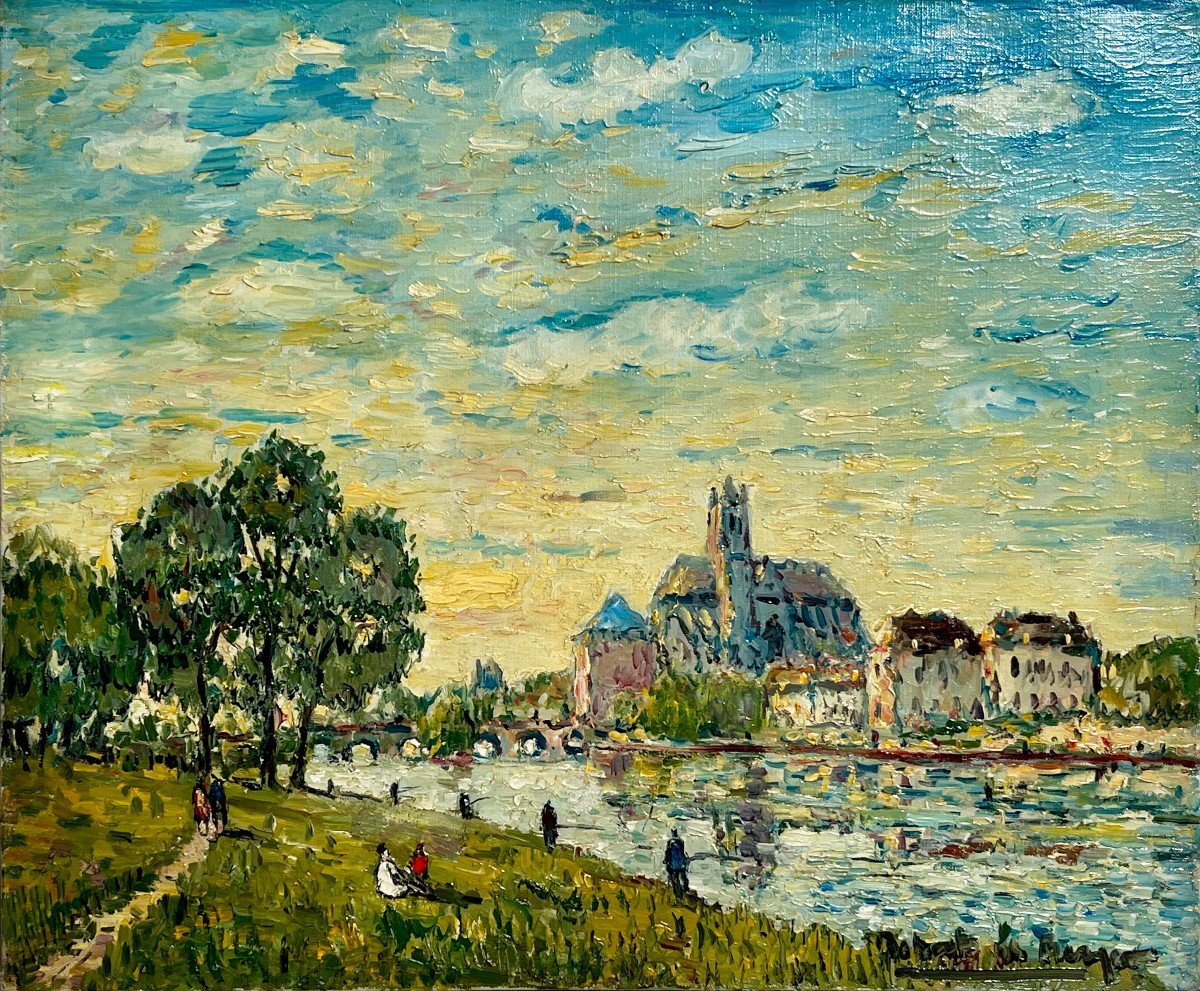
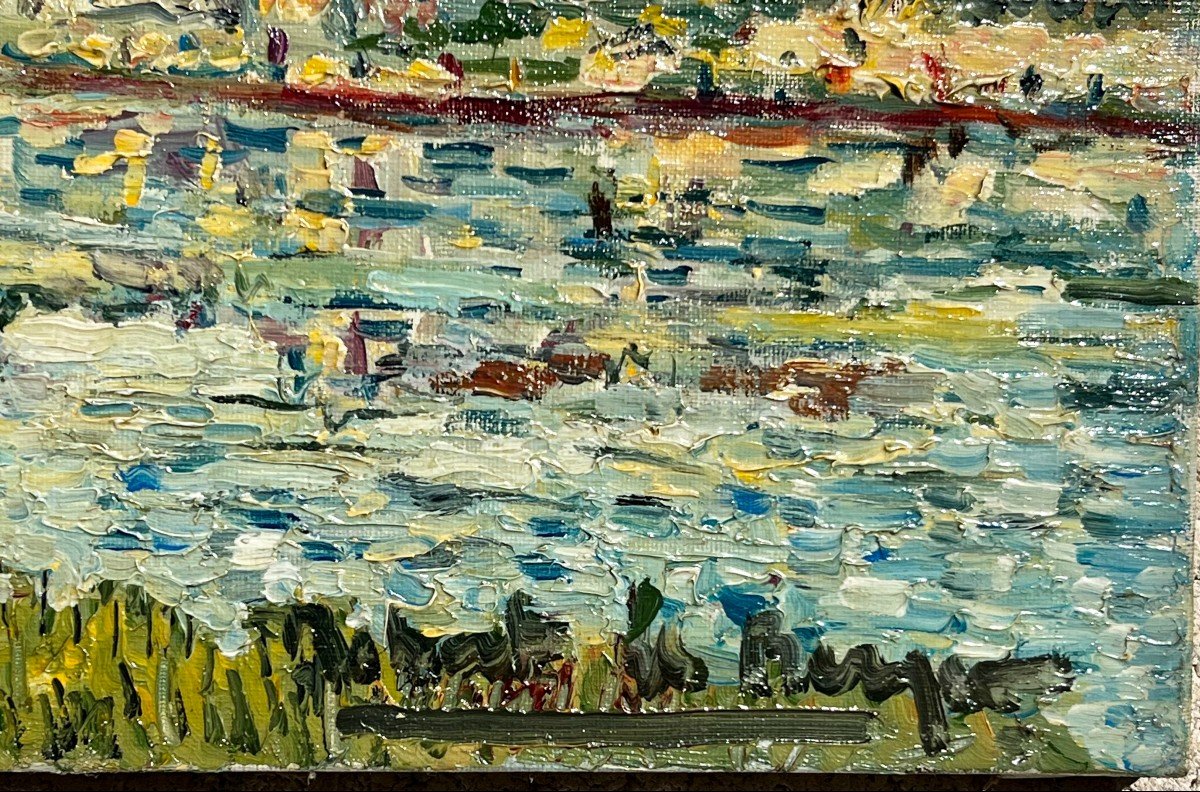
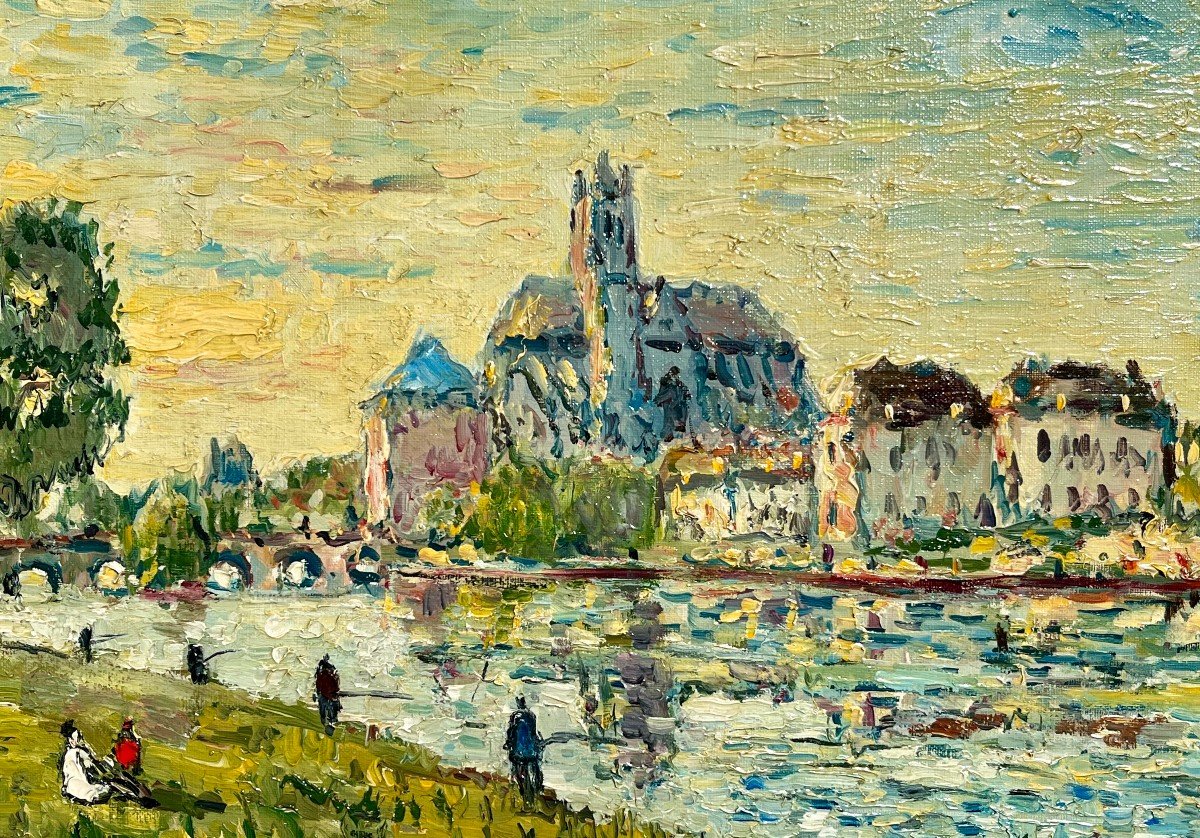
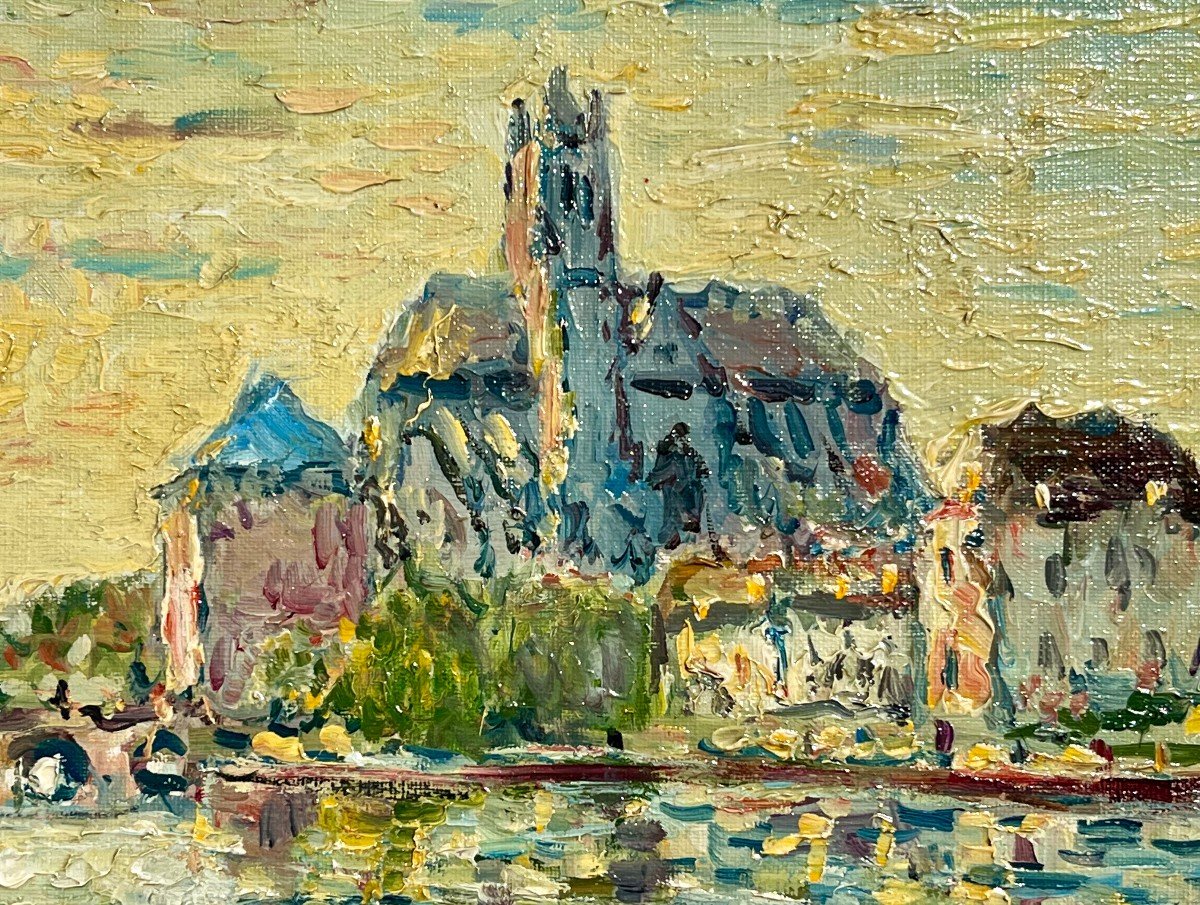
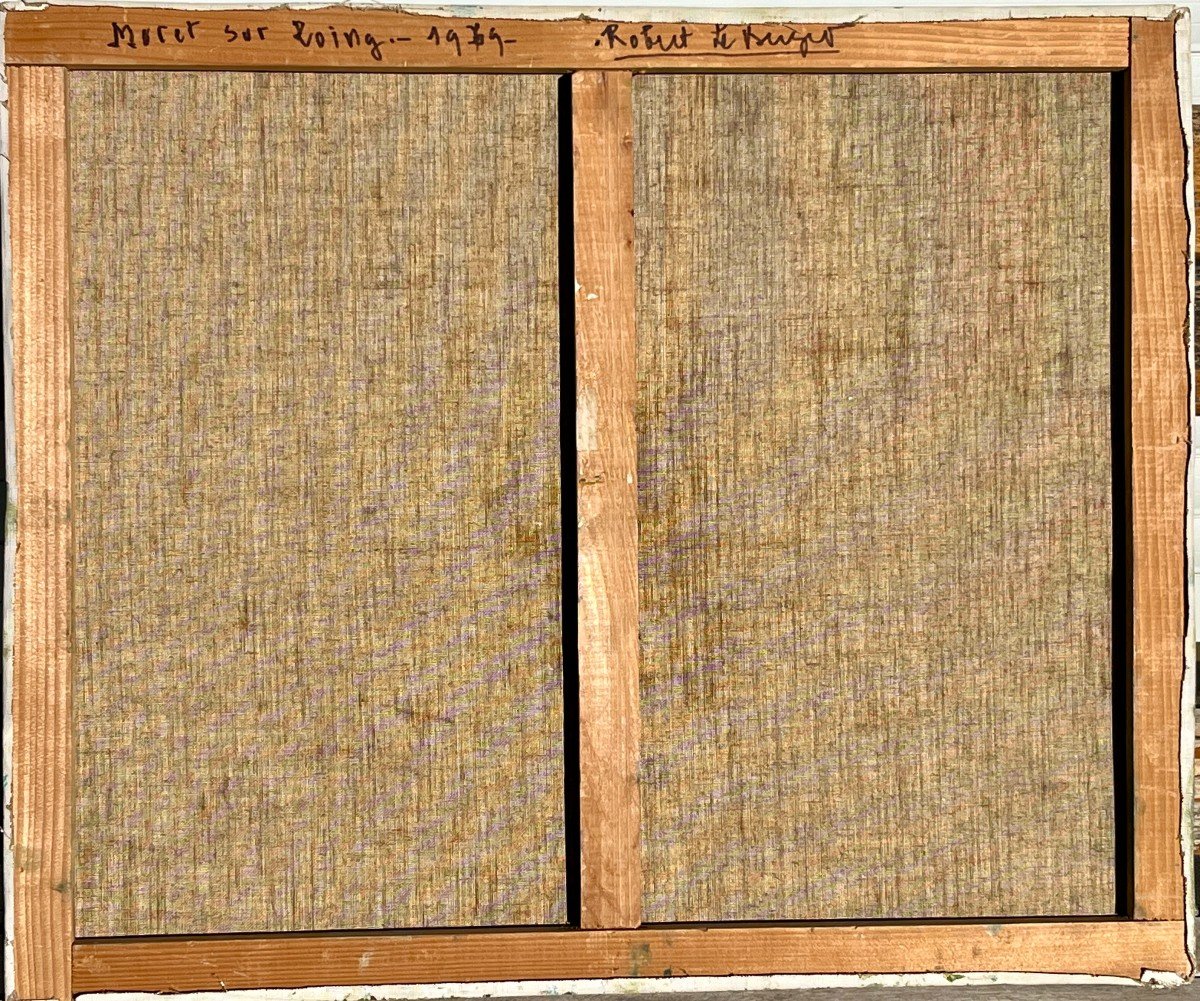






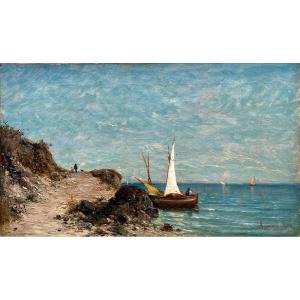
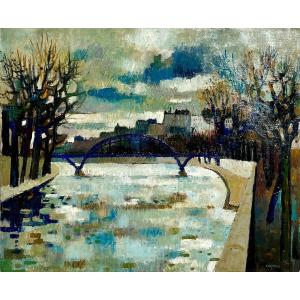

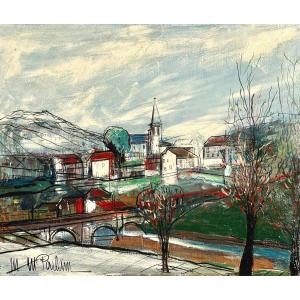



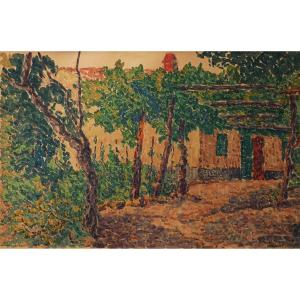



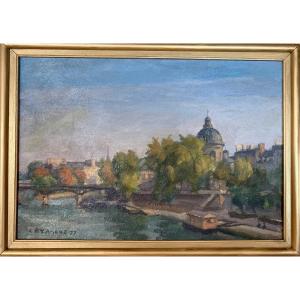



 Le Magazine de PROANTIC
Le Magazine de PROANTIC TRÉSORS Magazine
TRÉSORS Magazine Rivista Artiquariato
Rivista Artiquariato